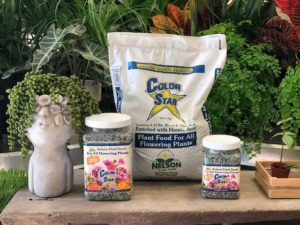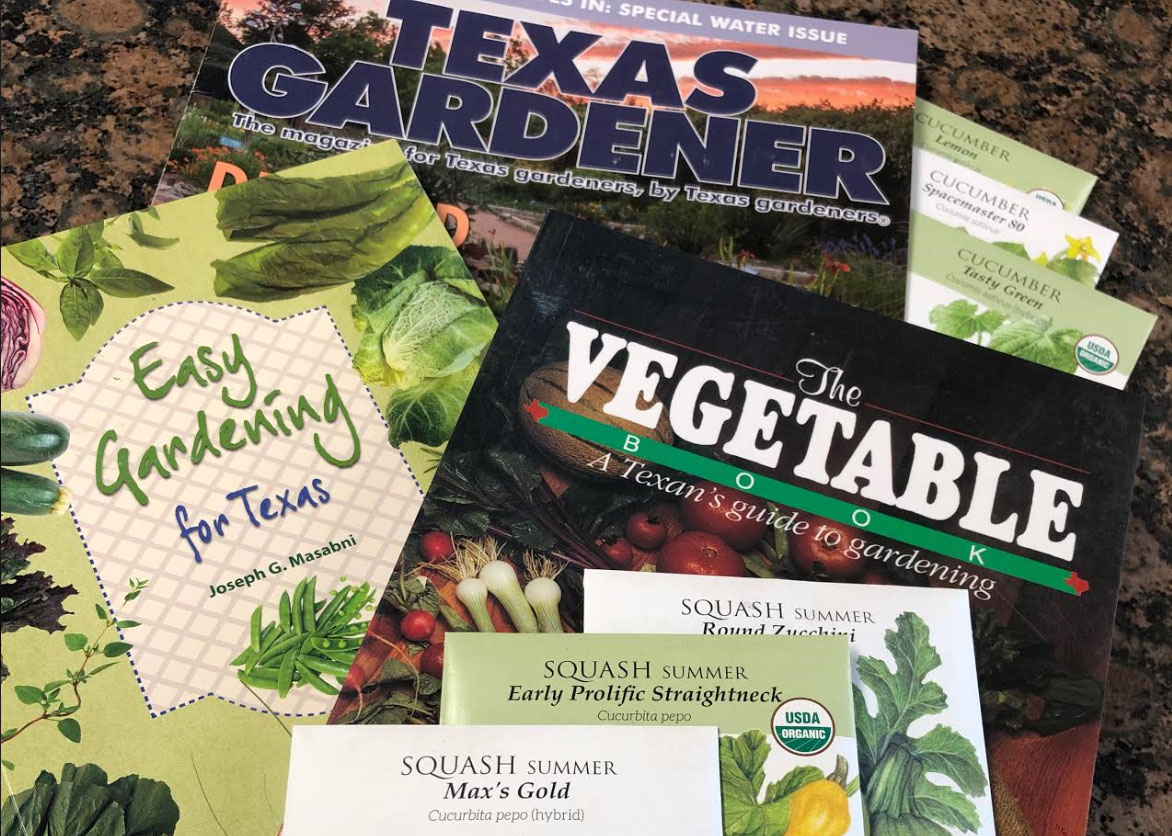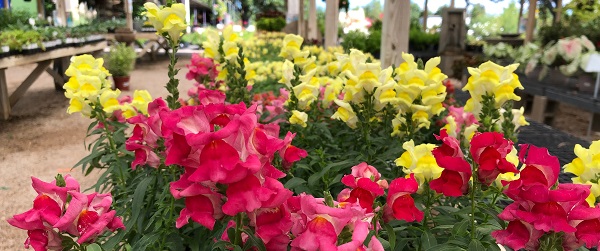December Gardening Checklist
Vegetable Gardens:
Plant lettuce, radish and spinach from seed or transplants. Cover whenever frost or freeze is expected.
Prepare for January planting of onions. Make a planting plan for spring that includes crop rotation.
Lawns:
Water lawns with 1” of water if it hasn’t rained 1” in the last 2-3 weeks.
Remove any leaves that have fallen so that water can get to the soil and the leaves don’t shade the grass (especially St. Augustine, which may have some green leaves) during the winter months.
Winterize your lawn mower. Empty the gas tank and run the engine until there is no gas in the lines. Change the oil and sharpen the blades now so they are ready for spring.
Annuals and Perennials:
Last chance to plant bluebonnet seeds before December 15.
Plant Larkspur and Poppy seed for spring blooms.
Water perennials only if there is not sufficient rainfall to keep the roots alive.
Fertilize winter bloomers such as Pansies and Snapdragons with NutriStar Color Star time release fertilizer to encourage winter blooms.

Cover annuals with N-sulate fabric if temperatures are in the upper 20’s. Anchor the fabric to the ground to capture heat.

You may cut back any herbaceous perennials that have frozen back. Leave the woody perennials and ornamental grasses alone until late February.
Trees and Shrubs:
Pruning of Live Oaks and Red Oaks should take place before February 1st. “February through June, Do Not Prune!” The temperatures in this time period are not conducive to the activity of the Nitidulid Beetle which can spread the Oak Wilt fungus. Paint all wounds with pruning paint or latex paint immediately after making the cuts.
Plant winter-hardy trees, shrubs and vines now so that they will be well established when the temperatures get hot.
Water all plants well before a freeze is expected to protect against cold injury.
Rake up any rose leaves that have fallen to avoid overwintering disease.




